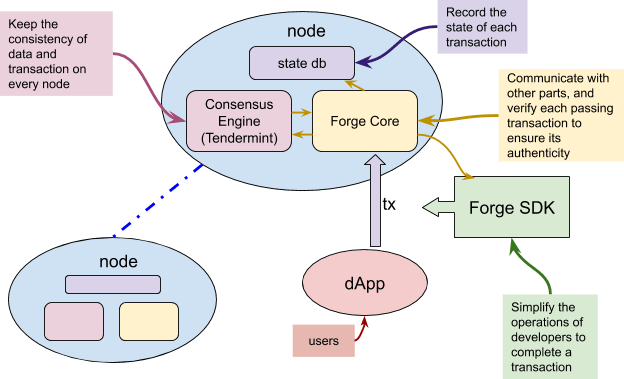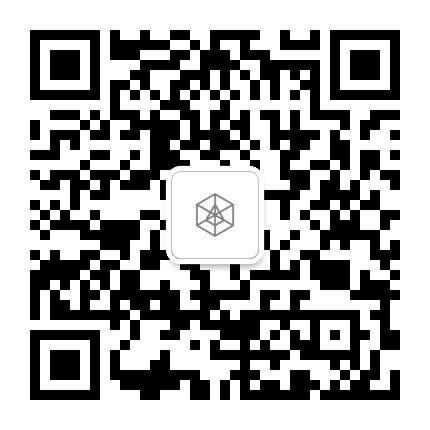A Brief Introduction to Forge Framework
2019-08-12
Author: Yongxin Xu
Editor: Matt McKinney
Building blockchain applications has always been a challenging work. Since building such an application involves a lot of sophisticated concepts and technologies, it is hard for small teams or even individuals to build their own applications. ArcBlock’s Forge Framework solves this pain point. By using various tools provided by Forge, developers can easily build their blockchain applications with the least amount of programming. Therefore, it is very helpful to understand what Forge is and how it works.
What is Forge Framework?
In short, Forge Framework, or Forge, is a blockchain application development framework. It provides the easiest way for developers to create custom blockchain and build decentralized applications (DApps). Forge handles the underlying sophisticated blockchain technology for developers, allowing them to focus on products and business development which they are much more familiar with. Therefore, Forge greatly reduces the difficulty of building blockchain applications, and the framework makes it possible for small teams, or even individuals, to develop sufficiently complex decentralized applications on their own.
What are the main parts of Forge?
To put it simply, Forge is mainly composed of the following two parts: Forge Node and Forge SDK. Precisely, Forge node is composed of Forge Core, Consensus Engine, and State Database. Forge Node to ensure the consistency and immutability of data and therefore the normal operation of blockchain, while Forge SDK is a toolkit to operating data and transaction. Since every transaction is completed through Forge SDK, for blockchain applications developers, ForgeSDK is the most essential part to learn. The image below explains the main role of each part and the relationships between each other:
How does Forge make blockchain applications development easier?
Forge provides a range of tools for developers to build applications on the blockchain. First of all, developers will have many tools for creating and deploying custom blockchains, such as Forge CLI, Forge Patron, and Forge Deploy. Precisely, Forge CLI and Forge Patron help developers to set up a working environment and create chains on their own computers for programming and testing. The last one, as its name implies, is used for deploying chains.
Meanwhile, Forge SDK helps developers to easily interact with the data on the chains. Through the Forge Framework, developers can write data and transactions on the chains by one simple command to complete the transaction accounting. In addition, Forge SDK provides rich programming languages, such as Python, Java, Javascript, iOS, and Android, allowing developers to build blockchain applications with great flexibility. Therefore, different systems can easily interface with the blockchain.
So far, we have known what forge is, its main parts, and why it makes things easier. In the next blog, we will show you how to use Forge to build a decentralized application.

